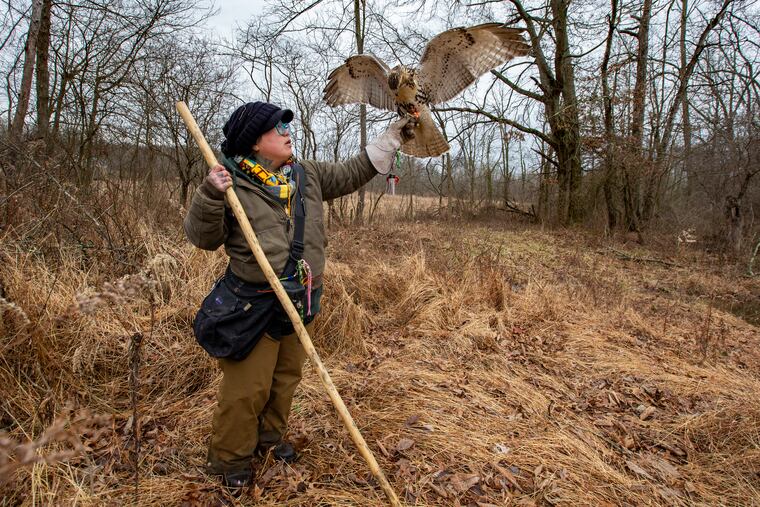Falconry, an ancient form of hunting, finds new devotees
The relationship between bird and human is based on food. “The love is always one-way,” a falconer said. “They don’t wag their tails when they see you. They want you to give them food and go away.”
